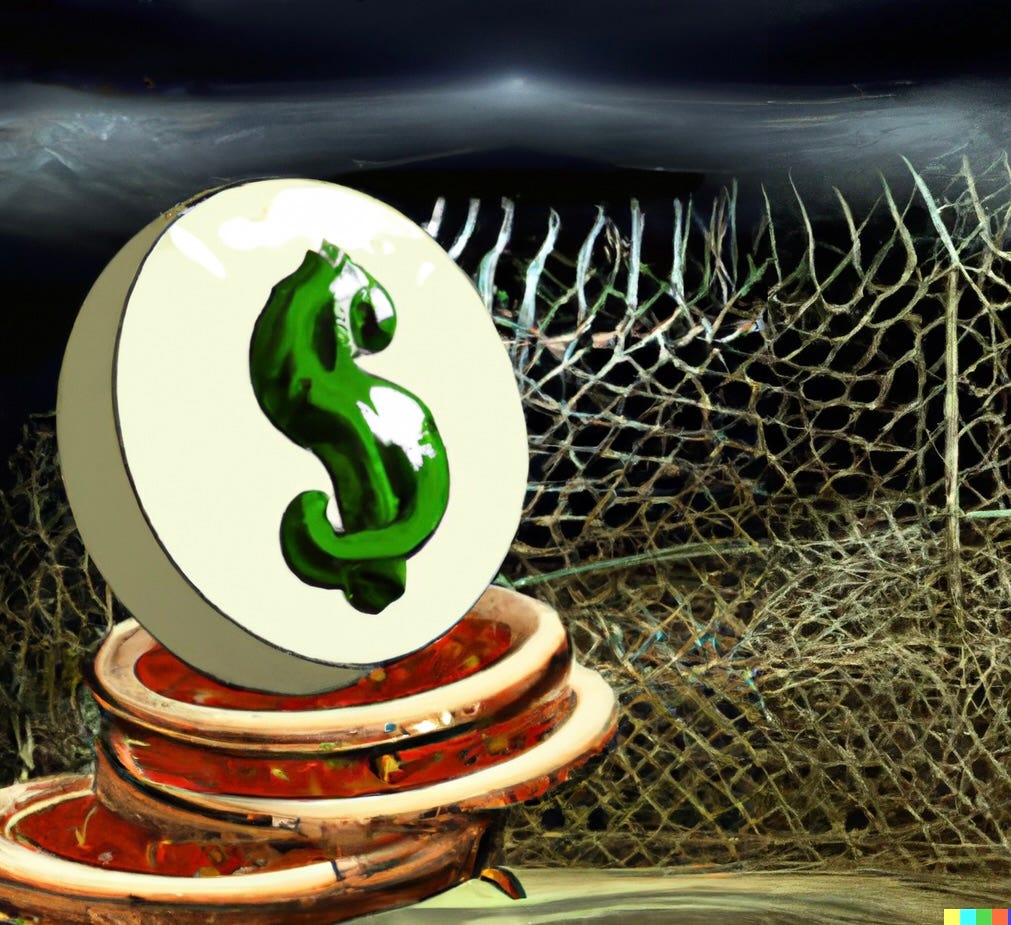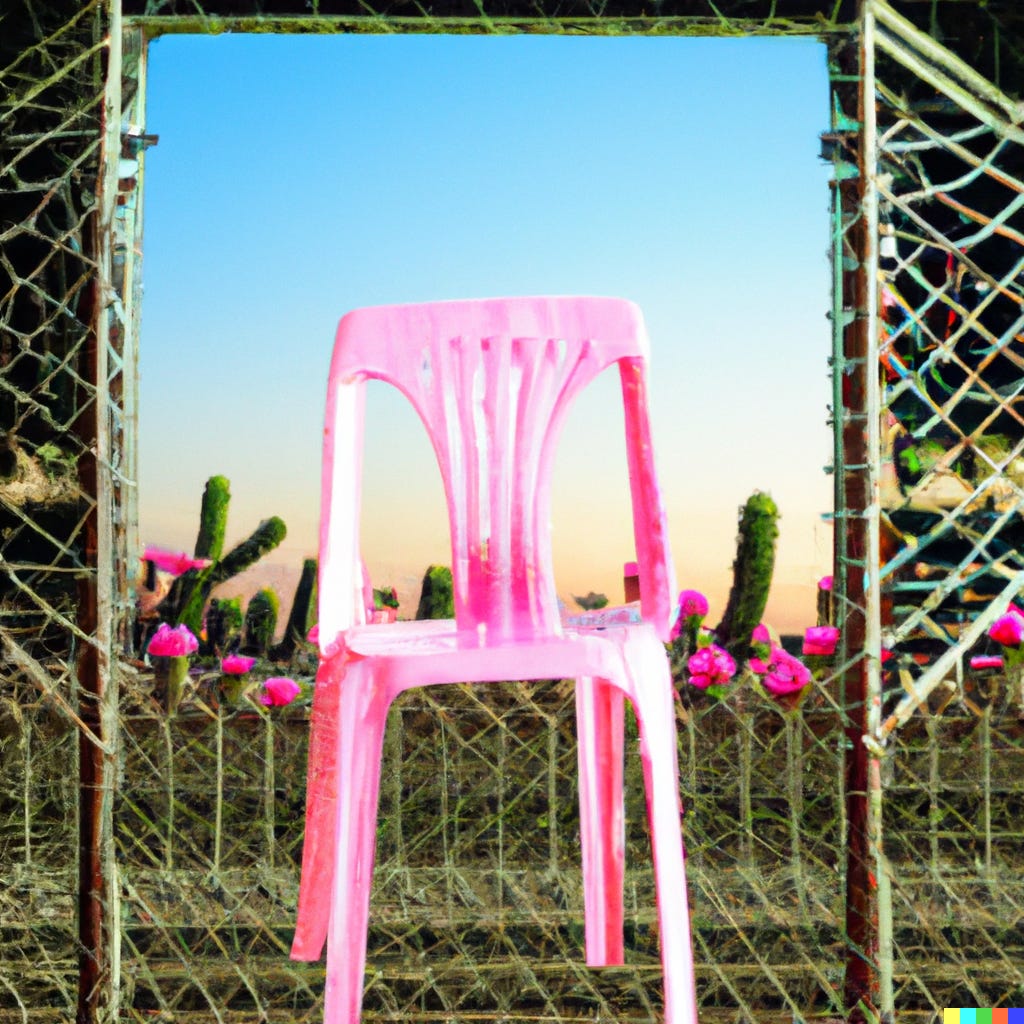No Such Thing as a Free Lunch: Introduction
AKA why we can't have nice things
I wasn’t planning a science fiction theme for this week but that just goes to show how little control I have over, well, everything. Does anybody else remember Robert Heinlein’s novel The Moon Is a Harsh Mistress?
One of its contributions to the culture was the acronym TANSTAAFL: there ain’t no such thing as a free lunch. Which seems to me to be a true statement about entrepreneurship.
POCA Tech is the only acupuncture school I know of that emphasizes entrepreneurship, particularly social entrepreneurship. There’s no consensus on how to teach entrepreneurship, so our approach is to immerse students as much as possible in the realities of running two small businesses (the school itself and WCA) and then unpack those experiences together. Last weekend I did some of that with first year students in a class that’s acquired the nickname “why we can’t have nice things”. Basically, the same sentiment as TANSTAAFL.
Whether we frame it in terms of nice things or free lunches, it’s important to communicate to students that in the context of small business, you can’t have everything. You have to make choices. Having a small business, especially a small acupuncture business, is all about trade-offs — and thinking through which ones you can live with.
We started the class by talking about the going rate for an acupuncture treatment, which these days is somewhere around $100 to $150. On average, WCA brings in about $17 per treatment, once you factor in our quarterly specials of 5 for $85 and patients who pay below the sliding scale for whatever reason. 92% of WCA’s funding comes from patient fees. That’s a choice WCA made — to have most of our funding come in increments of $20 or less — and the rest of the class was about unpacking the consequences of that choice. I asked the students, what do you get, and what do you have to give up, as a result of deciding that your rate for acupuncture is $17 instead of $150? And then we made lists on the whiteboard.
On the “what you get” list were things like the opportunity to treat lots of people and creating access. That’s inextricably connected to the NEED to treat lots of people (the other side of the low-cost high-volume equation) which means the “what you give up” list includes spending a lot of time talking with each person. If you keep going with this list-making exercise for an hour or so, it gets more and more interesting as the implications unfurl right there on the whiteboard and a complex, nuanced picture of trade-offs emerges.
Every cohort approaches this discussion a bit differently; Cohort 10 had a lot to say about expectations. How are a patient’s expectations of acupuncture — and also of their acupuncturist — different when they’re paying $17 per treatment versus paying $150 per treatment? And how does that relate to the way that acupuncture tends to work (incrementally)? Similarly, what are an acupuncturist’s expectations of acupuncture (and also their patient) when a treatment costs $17 versus $150? What kinds of pressure come into play when treatments are expensive?
It was a lively conversation.
This post is an introduction/teaser for more unpacking of WCA’s money and numbers. I’ve discovered it’s impossible to talk about WCA’s finances without bringing up the topic of trade-offs. So now that we’re all clear on what TANSTAAFL means, stay tuned for more about that. Coming up next week, what would it look like for WCA to bill insurance?




